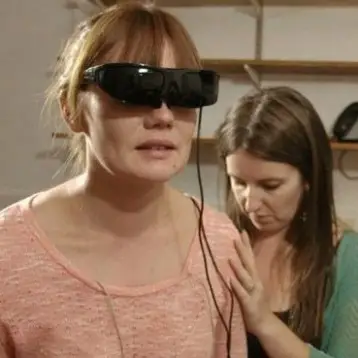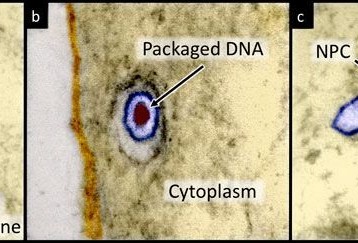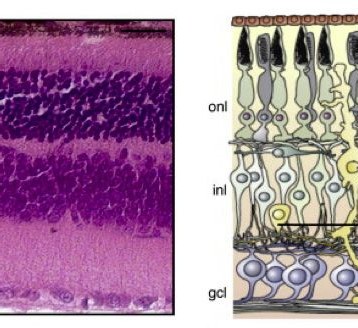|
C.elegans is a 1mm sized round worm which is one of the most commonly used model animals in genetic research. Each adult worm has the same number of cells and the function of each of them has been mapped. The worm has 302 nervous system cells that function as the receptors, transducers, and processors of the information the worm receives from inside the body and the environment. It was long assumed that this worm has no light detecting cells as it spends most of its life in the dark.
Xu and his colleagues decided to test this claim. In the experiment, a light beam was directed at heads or tails of the C.elegans worms under a microscope. When light touched the head of a worm while moving forward, it reversed its course. When light came into contact with the tail of a worm moving backward, it began moving forward. This type of avoidance is called negative phototaxis and the strongest response was elicited by the ultraviolet-A light, which is the sunlight component responsible for tanning in humans.
|
It was a surprise for the scientists, as the worm normally lives in the ground and does not need to react to light. It is hypothesized that the light sensitivity is a protective function necessary to prevent the worm from leaving the dark as the light is potentially harmful to the worms. Ultraviolet-A radiation in sunlight is harmful to C. elegans worms, and prolonged exposure to it may be fatal. Therefore, it is likely that when the worm gets close to the border of it environment and senses light, it begins shying away.
The next step was to determine which of the nervous system cells are responsible for the light sensitivity. This was done by destroying the cells one by one systematically by a laser beam and then flashing the worm with light.
Then Xu and his colleagues looked into the process leading to the light reaction, which is conversion of light energy into electrical signals (named phototransduction). They discovered that the chemical reactions used by the C. elegans are rather similar to the ones in humans. This discovery means that from now on the worm can be used for the research of building blocks of human vision, as well as how disrupting the phototransduction pathway can lead to eye disease.
TFOT has recently covered a story on the bionic eye created by the Boston Retinal Implant Project that could restore sight in blind patients. We also brought you a thorough coverage of the uses of stem cells for treating various eye illnesses.
For more information on the c-elegans vision, go to the University of Michigan website.











